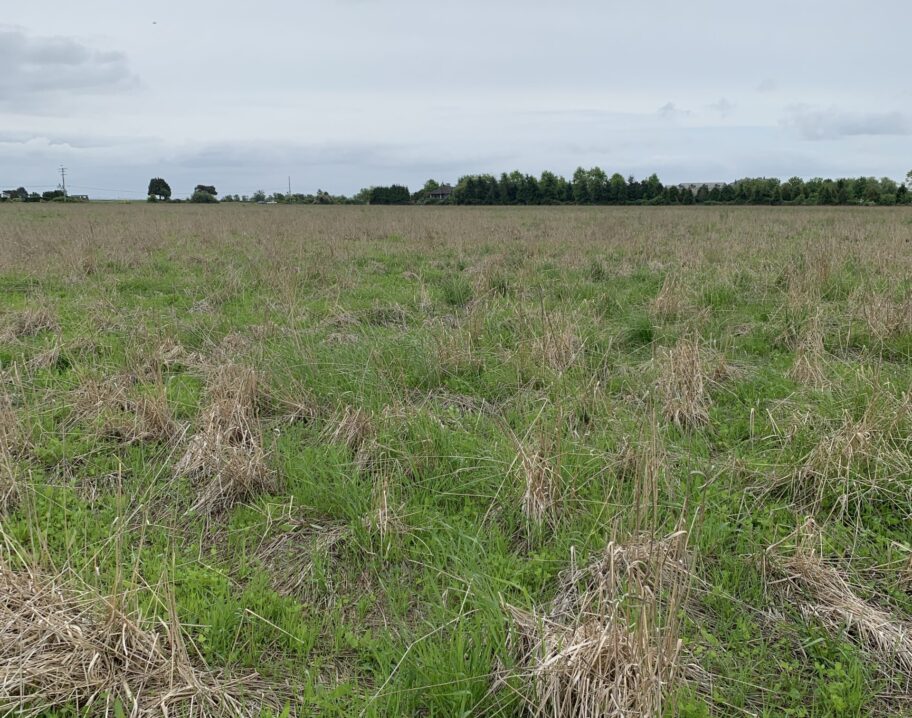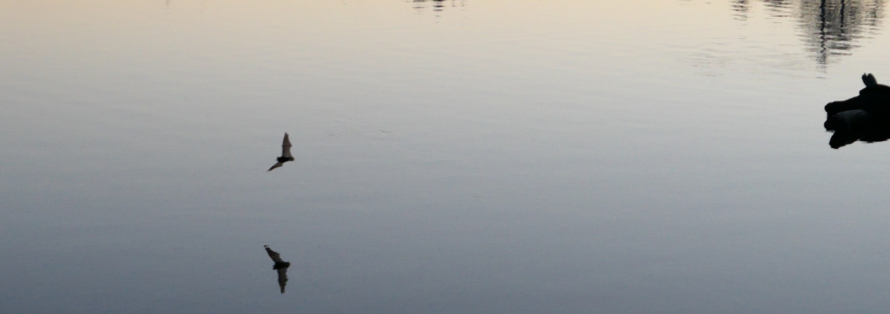Bat Monitoring in Delta's Farmlands
Over this past summer, we were excited to begin the first year of bat research and monitoring within Delta's farmland. We began the project because we were interested in understanding which bats are supported by farmland ecosystems for foraging and roosting.
Loss of habitat is one of many contributing reasons to the declines we are seeing with the populations of bats across Canada. In the Fraser River delta, only approximately 5% of native grasslands remains.
However, grassland set-asides can mimic the habitat of these grasslands to support the many native species found here. Throughout the summer, we see how well set-asides support species-at-risk, such as Barn Swallows.


We set up audio recorders in grassland set-asides and hedgerows over the course of the summer to record the ultrasonic calls of bats.
We then identified the species of bat based on the differences in these calls. The three most common species were detected: Little Brown Myotis, Hoary Bat and Silver-haired Bat, all of which are species of concern
Little Brown Myotis
Hoary Bat
Silver-haired Bat
From this exciting first year of research we saw that we had a high species diversity at each our grassland set-aside field sites across Delta.
There were 6 species detected in total and an average of 4.4 species between grassland set-asides. We are excited to monitor the status of local bats in future years and will continue to share what we learn!
